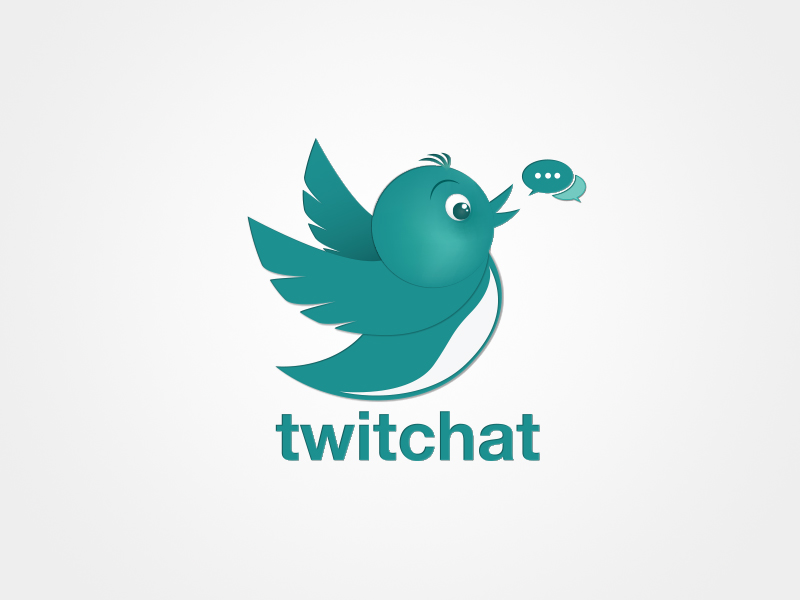TED-Ed is a platform that allows used to create lessons based off of engaging videos. Users can choose a TED Talk videos, other TED-ed videos, or other videos found on YouTube to create their lessons. Introductions, thinking questions, discussion questions, and closures can be added to supplement the video lessons.
I created my TED-Ed lesson on a question I get asked constantly by my 5th grades; "Why do we have to read?" It's hard to explain question to explain to a 10 year old who would rather be playing outside or on their phones than reading a book. I love John Green and his YouTube video series called CrashCourse. I've used it personally in the past to refresh my memory on certain topics before I taught them. His videos are engaging and straight to the point. Viewers don't have to waste time reading between the lines in order to find the message of the video.
TED-Ed lessons are beneficial for students who have English as a second language. TED-Ed lessons can help students reach certain learning standards. They can help students "listen, speak, read, and write in English for information and understanding." (NYLearns) Like in a flipped classroom model, TED-Ed lessons allow ESL students to control the pace of their learning. They can pause and rewind the videos to better comprehend the lesson. Through TED-Ed lessons, students can learn how to listen with a purpose, thus allowing students to make conclusions about that topic. This falls under the following NYS Learning Standards performance indicator;
Performance Indicator - ESL.I.5-8.1.1.6: Students make and support inferences about information and ideas with reference to features in oral and written text.






